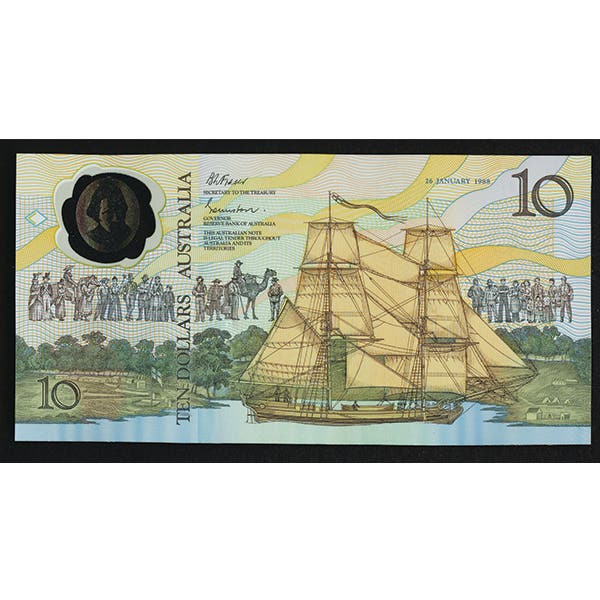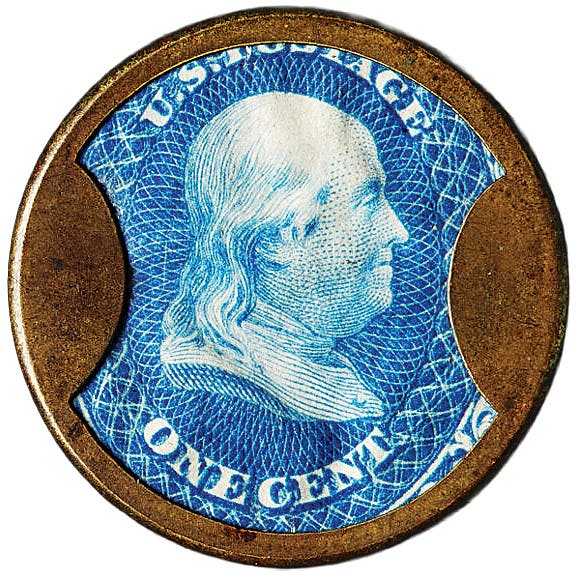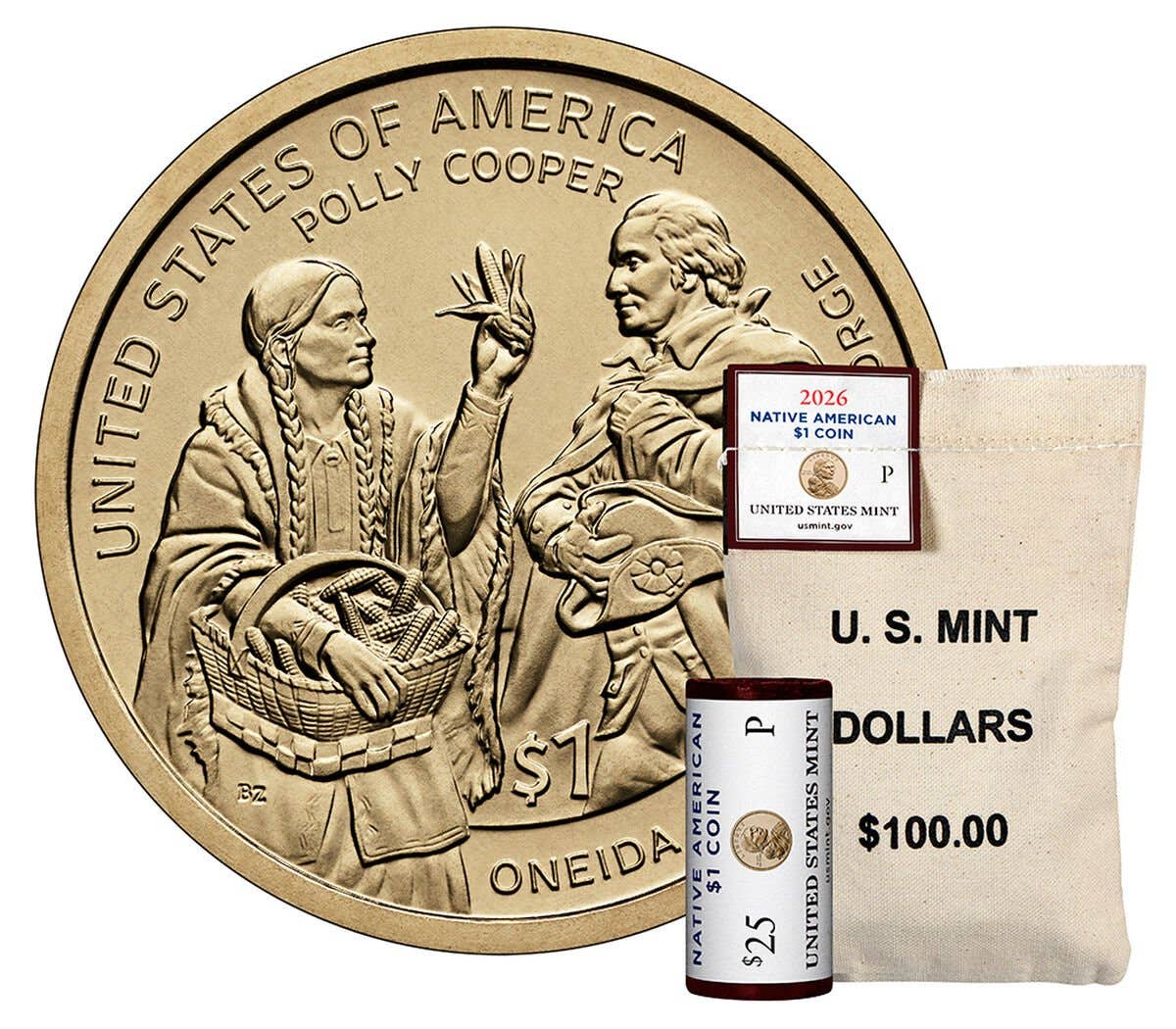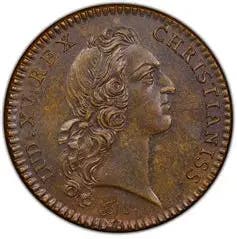Metal prices affect common dates
What is the true impact of the spot price of precious metals on the value of our previously circulating silver and gold coins? A majority of the circulation strike gold…
What is the true impact of the spot price of precious metals on the value of our previously circulating silver and gold coins?
A majority of the circulation strike gold and silver coins are common, due either to their date and mintmark, or due to the condition in which they have survived. Most of these coins will follow the spot price of their metal composition, possibly having some minor additional collector value. Coins that are scarce to rare due to their mintages, or the condition in which they have survived, are impacted as well, but not as much.
Does the spot price of copper impact the value of Wheat pennies?
It is illegal to melt Wheat reverse cents, a Treasury melting ban stops the possible scrapping of these coins for their copper value. The price of copper will impact them when these coins are traded in large quantities in sealed bags, being treated as a commodity. Common Wheat reverse cents have been purchased by coin dealers at two to three times their face value for years regardless of the spot price of copper.
Why is the mintage of the 1921 Morgan silver dollar so much higher than of previous issues?
The 1918 Pittman Act authorized the melting of up to 350 million existing silver dollars, the recovered silver to be sold to Great Britain. Germany had convinced citizens of British India that British bank notes could not be redeemed in silver, which in turn led to a run on the silver stockpiles. The United States was helping replenish British silver reserves through this act. The Pittman Act also authorized the minting of new silver dollars to replace those that had been destroyed. The logic was “for the purpose of conserving the existing stock of gold in the United States, of providing silver for subsidiary coinage and for commercial use.” In the event, 270 million silver dollars were melted and in 1921, a good start was made in replacing them. This goal was achieved in 1927.
What was the reason the United States decided to depict Liberty seated rather than standing, or simply presented from the bust upward on our silver coins throughout much of the 19th century?
Mint Director Robert M. Patterson proposed that artist Thomas Sully create a new obverse coin design involving Liberty seated on a boulder while holding a liberty pole with pileus on top. Christian Gobrecht would execute the design following his promotion to be the Mint’s chief engraver. It is possible Liberty Seated as designed by Gobrecht may resemble marble statues dating from ancient Roman times. The design is neoclassical.
Why were two wheat ears selected as the reverse design for the Lincoln cent through 1958?
Victor D. Brenner initially submitted a reverse design of a tree branch, which he acknowledged was similar in design to the design on the then current silver coins of France. Mint Director Frank A. Leach determined the reverse design to be unsuitable. Brenner submitted his initial designs on Jan. 18, 1909. The reverse with two ears of durum wheat was unveiled on Feb. 17.
With only a few exceptions the year in which our coins are minted can be identified on the coin. Why don’t the dates on our bank notes change annually?
The only reason I could find is tradition. Just about all bank notes worldwide carry the date a major design change took place, with minor modifications including changes in whose signature appears on these notes being identified by changing a suffix letter on the year of the series.
Does the United States Mint produce the blanks from which the five-ounce America the Beautiful coins are struck?
The privately owned Sunshine Minting Inc. in Coeur d’Alene, Idaho, provides the silver planchets from which these coins are made. Sunshine processes silver, gold and other metals.
E-mail inquiries only. Do not send letters in the mail. Send to Giedroyc@Bright.net. Because of space limitations, we are unable to publish all questions.
This article was originally printed in Numismatic News. >> Subscribe today.
More Collecting Resources
• The 1800s were a time of change for many, including in coin production. See how coin designs grew during the time period in the Standard Catalog of World Coins, 1801-1900 .
• With over 22,000 listings and 13,750 illustrations, the Standard Catalog of World Paper Money, Modern Issues is your go-to guide for modern bank notes.









